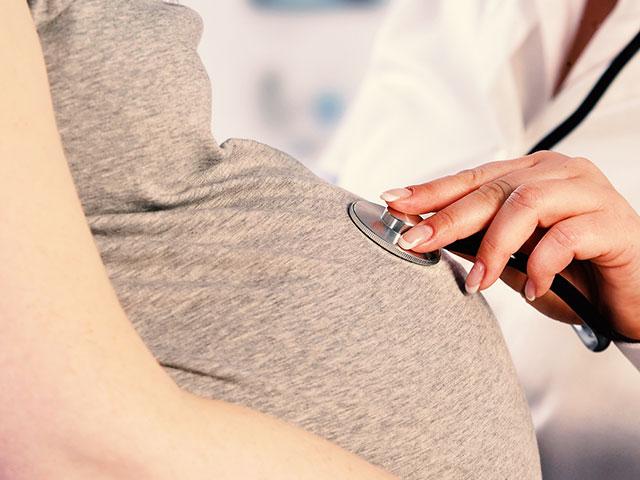
ANALYSIS
Before joining the policy world, I taught history in Catholic schools. One of my favorite units was on the Supreme Court. Students were required to memorize the justices’ names, review various cases, and argue how the justices should rule in each case. The biggest challenge I faced as a teacher was convincing students that their determination of how justices should rule needed to be based in the United States Constitution, not in personal opinion. Sadly, this is not a problem only middle school teachers face but one confronting all Americans who recognize the role and purpose of the highest court in the land.
Last week, the Supreme Court agreed to review Dobbs v. Jackson Women’s Health—a case asking whether Mississippi’s ban on abortion after 15 weeks is constitutional. The Court’s decision to review this case is terrifying pro-abortion activists across the country because not only does Dobbs have the potential to overturn Roe v. Wade and Planned Parenthood v. Casey, but if the Supreme Court justices follow their obligation to the Constitution, the Dobbs decision should overturn Roe and Casey.
In Roe, the Court argued that under the 14th Amendment, the Due Process Clause, a woman has a right to privacy, and as such, she has a constitutional right to an abortion. As part of this decision, the Court said that the states had the power to regulate abortion in the first trimester for any reason, in the second trimester in the interest of the woman’s health, and in the third trimester, the state could outlaw abortion. In the Court’s 1992 decision Planned Parenthood vs. Casey, the Court reaffirmed Roe’s finding that a woman has the right to an abortion but changed the requirements for outlawing abortion from the trimester framework to a viability framework.
As any former student of mine should be able to attest, the words “right to privacy” that are used to justify the right to an abortion in both Roe and Casey do not appear anywhere in the Constitution—neither do the words “viability ” or “trimester.” The seven justices who ruled in favor of Roe, and the five justices who ruled in favor of Planned Parenthood fell into the same trap that plagued my 8th graders. They ruled based on their personal opinion—not on the United States Constitution.
Many have speculated that the outcome of Dobbs will be less than satisfactory to those in the pro-life movement—suggesting that the decision will likely favor a more incremental walk-back of Roe and Casey rather than a full reversal. I hope they are wrong.
If my middle school students (who were very bright, but still, middle school students) were the ones deciding Dobbs, I could understand another failure to decide an abortion case based on the Constitution. I could understand that for a third time, middle school students might substitute their own opinions and create their own framework for when and how abortion should be allowed. But the nine individuals deciding this case have been educated far beyond middle school by teachers and professors far more knowledgeable than me. In fact, these nine men and women are some of the best and the brightest this country has to offer, and more importantly, they have taken an oath to defend and uphold the Constitution.
As the Dobbs case is argued and the opinion is written, the pro-life movement must pray that the nine justices are able to recognize that overturning Roe and Casey is not a form of judicial advocacy, a decision based on religious principles, or an ideological answer to the pro-life movement. Overturning Roe and Casey is what fidelity to the Constitution requires.
Mary Szoch is the Family Research Council’s Director of the Center for Human Dignity.
The remainder of this article is available in its entirety at CBN

